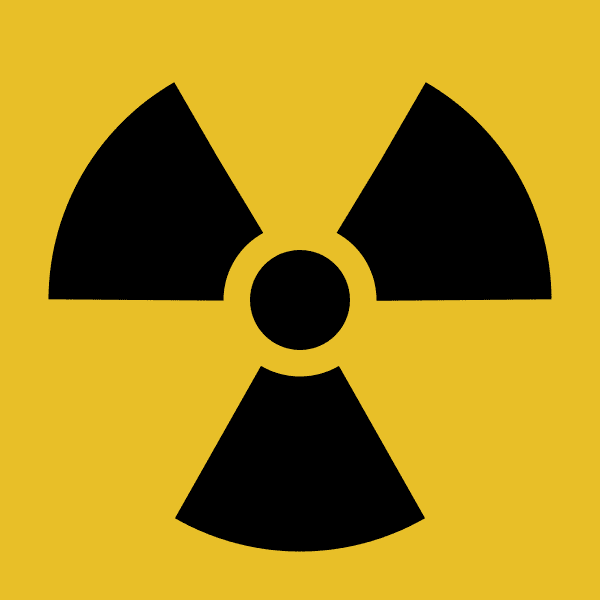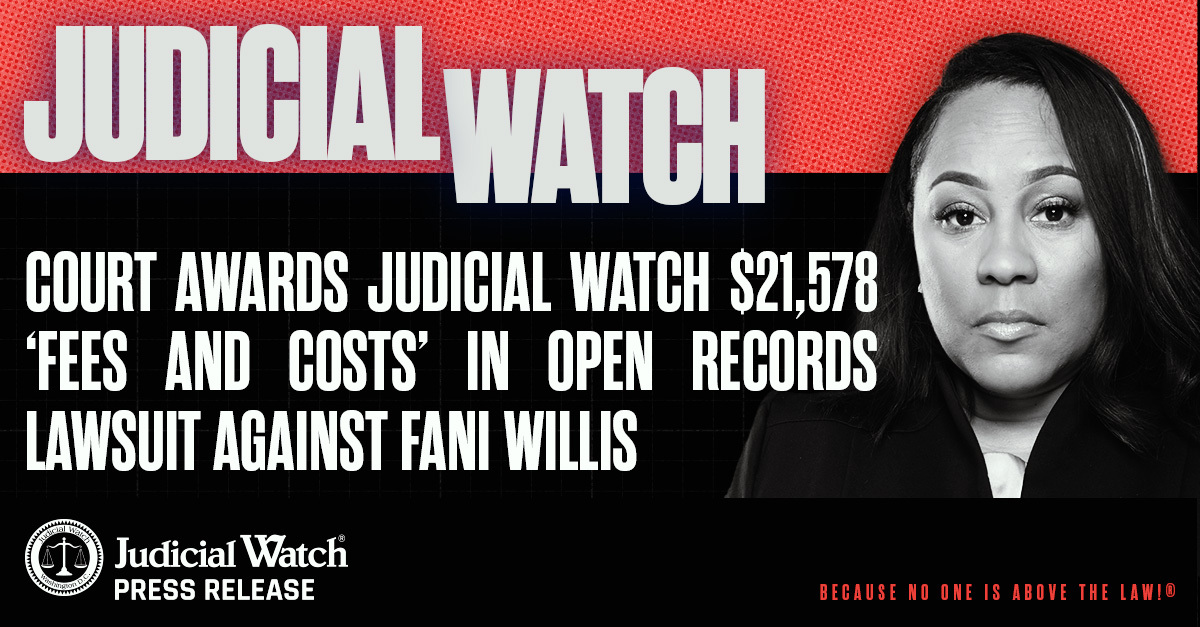

U.S. Nuclear Lab Mistakenly Ships Radioactive Material on Commercial Plane


A government-owned nuclear laboratory with a lengthy history of security breaches is under fire again for mistakenly shipping radioactive material on a commercial cargo plane. It marks the latest of many shameful scandals at the Los Alamos National Laboratory in New Mexico, among the world’s largest science institutions and the nation’s key nuclear weapons research facility. The massive lab is charged with developing technology to reduce global threats and ensure the safety, security and reliability of the U.S. nuclear deterrent.
Judicial Watch has long monitored the Los Alamos National Laboratory and was heavily involved in exposing a Chinese communist scientist (Wen Ho Lee), who stole nuclear secrets from the facility back in 1999. The Bill Clinton Justice Department refused to prosecute Lee because then Attorney General Janet Reno claimed the accusations against him were racist. Judicial Watch represented the whistleblower, Notra Trulock, responsible for launching an investigation into Lee’s actions. Trulok was the Department of Energy’s (DOE) intelligence operations chief and Clinton administration officials defamed him by accusing him of being a racist to cover up Lee’s repeated and embarrassing security violations.
A multitude of scandals have rocked the facility since then and Judicial Watch has closely followed the government’s perpetual failure to adequately guard the lab’s highly classified material. A few years ago, a Los Alamos scientist and his wife, both contractors at the facility, stole “classified restricted data” involving nuclear weapons and passed it along to a foreign government that’s hostile to the U.S. The scientist, Pedro Leonardo Mancheron, is a naturalized U.S. citizen from Argentina and his wife, Marjorie, also an American citizen, did technical writing and editing at Los Alamos. Both had security clearances and passed the classified material to a person they believed to be a Venezuelan government official. The scientist admitted selling the information relating to the “United States’ national defense” and lying to the Federal Bureau of Investigation (FBI). His wife admitted communicating restricted data belonging to the United States to another person with reason to believe that the information would be used to secure an advantage to Venezuela. She also admitted lying to the FBI.
A few years earlier, Los Alamos officials sent top secret data relating to nuclear weapons via an open electronic mail network and police accidentally stumbled upon it in a drug dealer’s mobile home during a drug bust. The highly classified information included details of the actual characteristics of nuclear material used in weapons. The 1,500 highly classified nuclear weapons designs were stashed in a trailer park near the lab along with paraphernalia to manufacture methamphetamine. This was hardly an isolated incident. In the late 90s and early 2000 the facility became an embarrassment to the Energy Department. Revelations of theft, fraud, security lapses and lax oversight kept Los Alamos in the news and led to the release of an Energy Department document labeling it “a systematic management failure.”
The problem is not limited to Los Alamos. The nation’s other government-owned nuclear labs have also experienced decades of faulty management, weak security and lousy oversight. A few years ago, a federal audit blasted the government agency, National Nuclear Security Administration (NNSA), responsible for securing the nation’s nuclear weapons—and the facilities where they are housed. Among the probe’s findings was that Los Alamos grants entire organizations or functional groups unauthorized access to nuclear weapons drawings, in violation of DOE rules. At another New Mexico facility, Sandia National Laboratory, investigators found repeated instances of “ineffective management of classified nuclear weapons drawings, a situation that could lead to unauthorized changes to the drawings.” At the Pantex nuclear weapons assembly plant in Texas, officials couldn’t even find a chunk of the nuclear weapons that federal investigators picked from the stockpile for testing. Keep in mind that these are government facilities that supposedly operate with maximum security.
The latest incident at Los Alamos was reported this month in a local newspaper article that says procedures were not followed when shipping “special nuclear material” to facilities in California and South Carolina. The radioactive material had been packaged for ground transport, the article states, but was mistakenly shipped aboard a commercial cargo plane, a violation of U.S. regulations. “Employees have been fired and other personnel actions have been taken,” according to the story. Not surprisingly, officials at the facility declined to provide details about the actions against the negligent employees and downplayed it as a “mix-up.”















